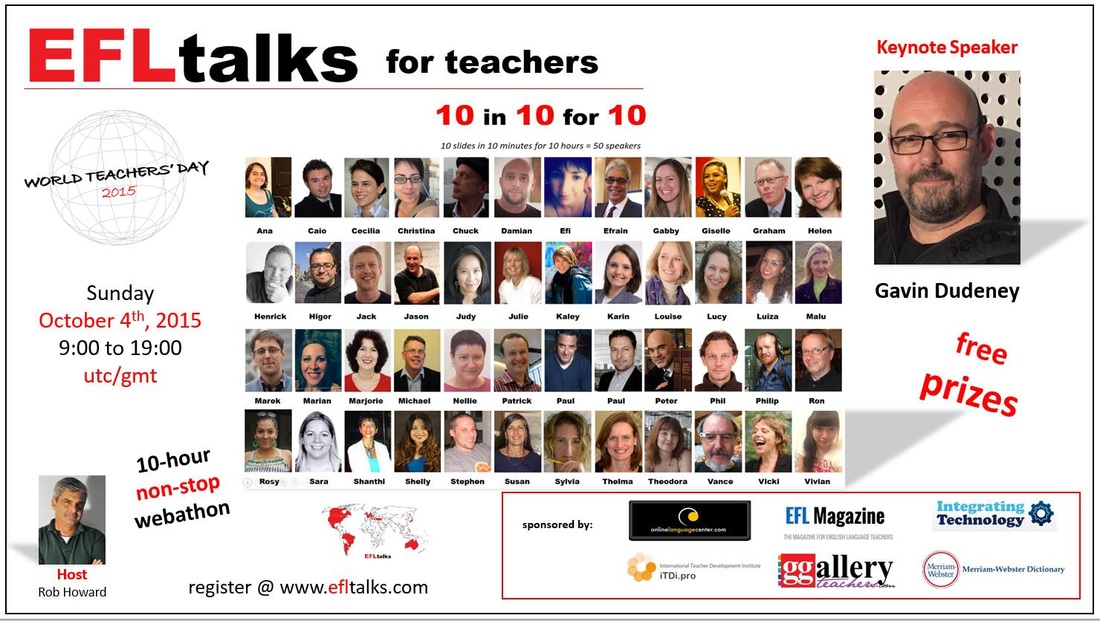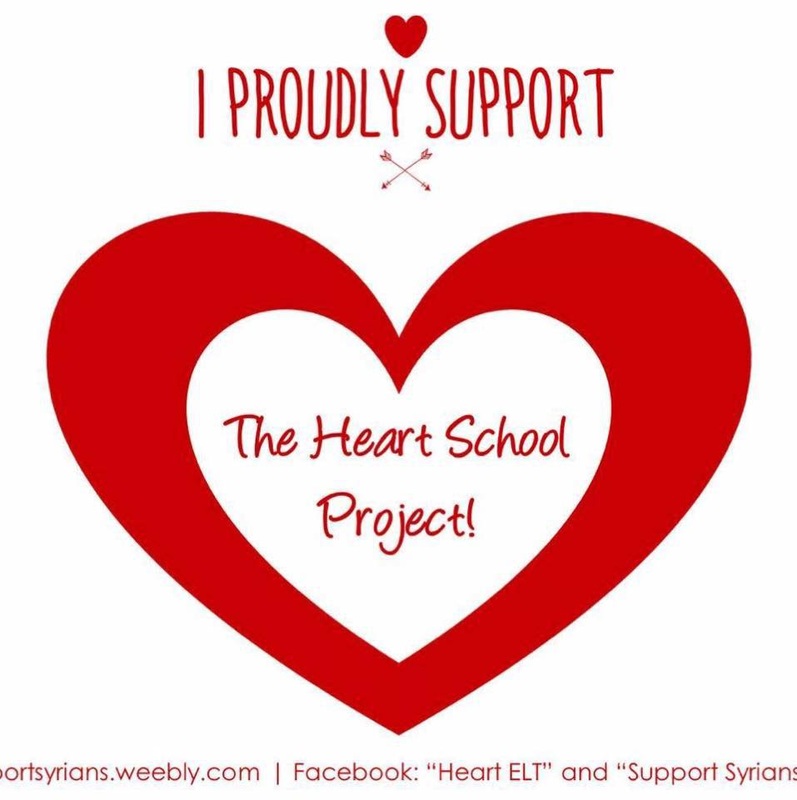|
Many exams involve describing, comparing and contrasting pictures as well as hypothesizing about them and giving opinions.
I love using artwork in my English lessons as it exposes people to lovely works while practising language skills. Using the GOOGLE ART PROJECT a few years ago I expanded a painting to its maximum size to expose incredible details not normally visible to the eye, at the same time making the painting difficult to recognize. This is excellent to hone describing skills as well as hypothesizing about its style and artist, hopefully leading to recognizing the painting. I therefore CHALLENGE YOU to SPEAK ABOUT this SECOND IMAGE of the painting and SEE IF YOU CAN GUESS what PAINTING it is! More images of the same painting to come soon… Write your answers in the comments below! Some language to use: In my opinion… I think it’s… The dog could be a … Mongrel Bulldog Terrier Poodle Setter I’m not sure… could may might It must be… It can’t be… I don’t think it’s… Perhaps it’s… Maybe it’s… This activity can also be done in pairs so as prompt each other with questions such as: “What do you think?” “Do you agree?” “Have I missed anything?” I disagree. I hope you find this useful. Please leave any comments below and if you like this blog, please subscribe for more updates. Susan
23 Comments
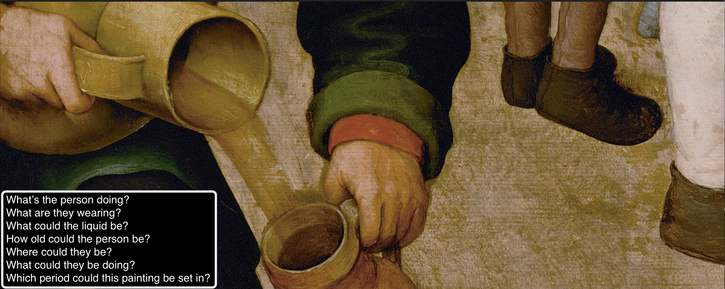 Image Credit: Google Arts & Culture features content from over 1,000 leading museums and archives who have partnered with the Google Cultural Institute to bring the world's treasures online. Image Credit: Google Arts & Culture features content from over 1,000 leading museums and archives who have partnered with the Google Cultural Institute to bring the world's treasures online. Many exams involve describing, comparing and contrasting pictures as well as hypothesizing about them and giving opinions. I love using artwork in my English lessons as it exposes people to lovely works while practising language skills. Using the GOOGLE ART PROJECT a few years ago I expanded a painting to its maximum size to expose incredible details not normally visible to the eye, at the same time making the painting difficult to recognize. This is excellent to hone describing skills as well as hypothesizing about its style and artist, hopefully leading to recognizing the painting. I therefore CHALLENGE YOU to SPEAK ABOUT this FIRST IMAGE of the painting and SEE IF YOU CAN GUESS what PAINTING it is! More images of the same painting to come soon… Write your answers in the comments below! Some language to use: I’m not sure… could may might It must be… It can’t be… I don’t think it’s… Perhaps it’s… Maybe it’s… This activity can also be done in pairs so as prompt each other with questions such as: “What do you think?” “Do you agree?” “Have I missed anything?” I hope you find this useful. Please leave any comments below and if you like this blog, please subscribe for more updates. Susan How to GET even YOUNGER STUDENTS or ELEMENTARY students SPEAKING EASILY!
Speaking is the least practised skill due to limited vocabulary, shyness and a tendency to be ashamed of making mistakes. Yet it is the most important skill for communicating and the one which one needs most when travelling and on the job, be it face-to-face or over the phone.
So speaking is very important right from the start, even with limited knowledge of vocabulary and tenses. Getting the mouth to shape the words and making mistakes is fundamental to building confidence and practising pronunciation. I always encourage speaking from the start even for elementary students and young children. But very often they are at a loss for ideas of what to say. So I decided to get about 80 small pictures and laminate them, dividing them into two categories:
I put a small piece of rough velcro on the back of each and made ‘velcro boards’ with the soft part of the velcro so that students can stick the two pictures on the board next to each other. It takes a little preparation but they can be reused infinitely, creating new sentences every time. (‘Velcro boards’ also allow students to quickly create ‘stories’ with a series of pictures or daily routines which they can then tell the rest of the class.) The two categories are spread out onto a desk, category 1 on the left and category 2 on the right.
Students have to simply choose two pictures: one from each category. They then invent a sentence in whichever tense you are practising to describe what is happening.
Younger children also enjoy making up silly sentences (e.g. ‘A dolphin is flying in the sky.’) but as long as they know the meaning it adds up to a little creative fun.
More advanced students can enrich the sentences with adverbs, adjectives and perhaps why this event is taking place:
I hope you find this useful. Please leave any comments below and if you like this blog, please subscribe for more updates. Susan Something YOUR BODY USES TO LEARN WITH… The five senses are expressed in many different ways in the English language, making us 'feel' these senses depending on what words we choose to use. Unusually teachers do not dedicate too much time to teaching them, robbing us of 'rich' sensations which are fundamental to learning about everything around us by touching, smelling, looking, hearing, tasting and feeling. FIND OUT more about THE DIFFERENCES in HOW TO USE these FIVE IMPORTANT WORDS by WATCHING this VIDEO!
Why waste time, money & effort when you can communicate through Google translate?
SPEAK Languages & TRAVEL the World as the name for my website just cropped up in my mind spontaneously one day without having to think at all. After a lifetime of travelling and speaking various languages it just came very naturally because I have always appreciated being able to communicate more or less efficiently during my travels. One of the only countries where I had great difficulty in 1987, when I was one of the very first independent visitors to enter the country, was in China, a still very medieval country in every way then. It was that much more interesting, like going back in time, a real challenge for communication also because of the Chinese characters which we couldn't read. A tiny phrase book came to our rescue when hands, feet and drawings failed to communicate our needs. Nobody, not even in the big hotels, spoke English then! Exactly 29 years later I have returned to China to watch my daughter compete in the World Inline Speedskating Championships in Nanjing. What a land of contrasts today: Nanjing is an ultramodern town full of very efficient services like the clean, fast metro; the extremely wide roads and roundabouts are lined & adorned with beautifully groomed trees, plants & bushes turning them into incredible parks and young people dressed like in the west are all engrossed in their smartphones. Yet there are many tell-tale signs that make me feel the countryside I haven't had the opportunity to visit this time around is much more traditional in its ways: meeting women with baskets balanced from their shoulders like scales, full of fruit to sell; the loud clearing your throat before spittle lands noisily on the floor; the women with scythes cutting the grass along the roadsides and leaving their pans of rice dishes in the sunshine to warm up for lunch; the shyness in meeting foreigners... Yes, while China has made progress in leaps & bounds from medieval to ultramodern in just 30 years - Beijing, an invasion of bicycles, only had taxis and cars for diplomats 30 years ago - my experience in town, even in the big hotels, even young doctors, was that 90% of the young population still does not speak any or does not feel comfortable even trying to speak English. Most people avoided me if I asked a question because they felt embarrassed. No one thought of using hands, feet or drawings but many googled the expressions they wanted to use into their smartphones, sometimes coming up with very funny expressions which had nothing to do with our conversations. So why go to the bother of learning a foreign language when you can 'Google' it? Because communication is not only about basic needs but also about expressing feelings and emotions that need human contact and not only a 'cold' digital translation. Learning a foreign language gives you insight into a people's culture and opens your mind. Let's not give 'Google Translator' the opportunity to take away those incredible experiences from us. Let's carry on learning languages to travel the world!! I speak 5 languages fluently. I did NOT sit down to learn grammar and vocabulary. Neither did you when you learnt your native language as a baby. YOU LISTENED and REPEATED what you heard around you. I did NOT translate from one language to another. Neither did you when you learnt your native language as a baby YOU LISTENED and ASSOCIATED the language with everything around you I did NOT learn complicated rules. Neither did you when you learnt your native language as a baby YOU LISTENED and LEARNT complicated STRUCTURES IN CONTEXT. YOU LEARNT your vocabulary, grammar and pronunciation BY LISTENING and ABSORBING THE LANGUAGE AROUND YOU. YOU ABSORBED THE complicated GRAMMATICAL STRUCTURES IN CONTEXT. YOU PRACTISED by REPEATING, by TRIAL and ERROR. YOUR PRONUNCIATION and FLUENCY IMPROVED with REGULAR, DAILY PRACTICE. It was not boring. It was a challenge. It was exciting when you managed to say your first complete sentence as a 2 year old child. Everyone was very proud of you. This is how I learnt my 5 languages. Fully immersed in regular daily practice like a child. No boring difficult written exercises. Reading and writing came much later - when I COULD ALREADY SPEAK the languages. Just like when you were a child. You looked forward to learning how to read and write. This is how you should learn a foreign language. Just like you learnt your own native language. Just like when you were a baby. Become CONFIDENT in ENGLISH in just 10 minutes a day. Practice whilst DRIVING YOUR CAR, while you are COOKING or doing HOUSEHOLD CHORES. International sports events bring people from all over the world to compete together - English being their common language of interaction. Some speak it better and some speak it worse but somehow, even basic communication illustrated with explicit gestures is sufficient for them to understand each other. The real problem arises when the cameraman makes a closeup of your face while someone interviews you live about your performance. I travel around a lot to follow my children in their international speed skating events. We are just returning from Holland after an eight day European Speed Skating Championship from which I can proudly say my daughter is returning with one silver medal and one gold!! She confirmed herself European Champion in exactly the same race as she won gold in last year. A part from my children, who I made sure speak fluent English (bilingual with Italian), all the other athletes from different nations had varying degrees of difficulty and/or shyness to let themselves be interviewed. Those from Mediterranean countries having many more difficulties expressing themselves in English & so avoiding interviews or speak telegraphically: 'Yes', 'No', 'Very good', 'Very happy'. I have therefore decided to prepare some basic questions and answers with which athletes can prepare themselves to face a television camera with more confidence and answer the interview questions a little more professionally, making the interview also a little more interesting to listen to:
Interviewer (I): "Hi, you have just won a gold medal in this race. How do you feel?" ATHLETE (A): "I'm really excited. I trained really hard to reach this level and this is the result." Interviewer (I): "Was the race difficult?" ATHLETE (A): "Well, it was a little fast/slow/tricky but I managed to come first." Interviewer (I): "What are your next goals?" ATHLETE (A): "With these results I hope to be able to take part in the .... Championships." These questions were conceived to be very general so they can be used for various sports. If you have any interview questions & answers you'd like to prepare specifically for your sport then please contact me through my website or also here. Don't forget to subscribe to my blog so as not to miss any blogposts. If you'd like to improve your listening and speaking skills take a look at and subscribe to my YouTube channel. THE HISTOMAP is the first historical map I have found which presents 4000 years of history and the relationships between populations at a glance! Below are just a few ideas, vocabulary and expressions to ask questions with: - Prepare questions using: How long...? Which... ? When... ? Where... ? Who... ? etc. - Comparisons. ' - more powerful than - the most powerful - as... as - New vocabulary, verbs, passive tense and collocations: - conquered (by) - reign lasted - were in power for - lasted - weak / strong - great - destroyed (by) - short-lived - long-lived - Western / Eastern world - Middle-East - developed - grew - maintained - people vs population You can download THE HISTOMAP below. I found it freely downloadable in Internet .. Hope you find some stimulating questions to ask with it! Susan If you have NO TIME to STUDY but want to improve your English in 10 minutes a day, while you are DRIVING TO WORK or MAKING DINNER, check out LEARN ENGLISH NATURALLY with GUIDED FLUENCY & LISTENING PRACTICE ONLY 10 minutes a day take you a very long way… http://bilingual-communications.weebly.com/store/c1/Featured_Products.html Also check out MY PLAYLIST for more of Susan's ESL Learning Videos (Chants & Songs) https://www.youtube.com/playlist?list=PLrvV_PywFOlxgfR5RpMw7rLsI6ai3yHai
Songs always bring a breath of fresh air into the SONGS in the classroom: GRAMMAR GALORE – intermediate / advanced / teens / adults lassroom and are greeted with joy. I usually try to choose songs, which are not only clear and fairly easy to understand but have meaningful content for language learners such as grammar, phrasal verbs or vocabulary pertinent to what we are studying. A wonderful song full of all kinds of grammar and expressions that is for intermediate / advanced students is HOLLYWOOD – Michael Buble. The catchy tune is fun to listen and sing along to whilst the rich assortment of language leads to all kinds of possible adaptations for practice – some of which I have suggested at the end of the document to download. You can download the worksheets to the song below. Feel free to delete or translate the Italian into another language. Can anyone suggest any other songs for practising grammar revision? Hope you have fun with it! Susan
If you liked this song, check out my playlist for other chants and songs:
YOU TUBE PLAYLIST: Susan's ESL Learning Videos (Chants & Songs) Chants are a very repetitive way of embedding expressions in the brain so that they become second-nature and just 'sound right' without having to resort to learning grammar rules and translating from one's own language with the inevitable often horrific results. I have been setting expressions to music and rhythmic chants for decades with excellent results. GOOD AT is an expression which many of my students just cannot remember and I would like them to be able to use collocations spontaneously - so I have invented this chant in the hope of fixing this expression forever!! You can download the worksheet to the song below. Hope it's useful! Susan
Many of my fluent English students make mistakes that make their English sound UNnatural. One of these is when narrating events, they tend to say ... and AFTER I went shopping… instead of saying ... and afterWARDS I went shopping. AfterWARDS… means ‘after THAT’ and it avoids having to repeat what was mentioned earlier: I brushed my teeth and after brushing my teeth I went to bed. To avoid repetition we say: I brushed my teeth and afterWARDS I went to bed. So next time you narrate a series of events, remember to say: First… Then… AfterWARDS… Finally… and your English will sound natural. I hope you find this useful. Susan
NUMBERS – many students are confident speakers of English, yet when it comes to reading numbers out loud they stop, panic, stutter and nothing comes out. So instead of practising these unseemingly complicated digits, they shy away from them and never become confident in saying numbers. Yet in reality numbers are not at all complicated if you know the rules. Numbers are everywhere and form an important part of language speaking whether you are a tourist or a businessman. Numbers come in all kinds of formats: they can represent a statistic, a price, a date, a year, a time, a temperature… just to name a few. So let’s have a look at how to say numbers: Presuming everyone knows the basics of numbers from 1 – 100…
unless we are referring to the years between 2000 – 2009
only since the turn of the century in American English it is acceptable to continue this system referring to the year as
Let’s analyse how to say longer numbers easily: 9, 876, 543 - to practise and gain confidence start from the end: 43 – forty three 543 – five hundred and fortythree and- it’s important to always say the AND after the word hundred even if we usually abbreviate it with ‘n ) 6, 543 – six thousand, five hundred ‘n fortythree 76, 543 – seventysix thousand, five hundred ‘n fortythree 876, 543 – eight hundred ‘n seventysix thousand, five hundred ‘n fortythree 9, 876, 543 – nine million, eight hundred ‘n seventysix thousand, five hundred ‘n fortythree as you can see, it’s really easy and only a question of practice. I recommend reading any numbers you see around you – the number of the car in front of you at the traffic light, street numbers and many more surrounding you in daily life… always start from the end until you become confident.
Gain confidence with numbers - the more you practice the easier it gets! You can download this document for easy reference. Hopefully this will have clarified numbers for you. Susan
The QUESTION CHALLENGE: a fast, fun, highly effective and exciting question formulating activity for any tense or level. Give each team of students a hotel reception bell (raising your hand is a less exciting alternative). Show only the first sentence with question prompt on the Interactive Whiteboard (or write it on the board). The first team to ring the bell (or raise their hand) gets to formulate the question.
The game should be fast paced for more fun and effective quick thinking The questions I attach in the download are to be formulated in the simple past for A2 level but depending on the type of sentence, higher and lower level challenges can be prepared. The challenge ends when all the questions have been formulated. I hope you have fun with this activity. Susan
Imagine being a baby ripped from your warm cosy bed to be taken like a parcel on a treacherous journey because your parents want to be able to offer you a better life, a life of peace with a future… Imagine growing up for four – five years in a refugee camp: living in makeshift tents, muddy outside when it rains, nowhere safe to play, nothing particular to do… you are now five years old and have known nothing else – this is your whole life! But you are a child, with a right to play in a safe environment, a right to be stimulated with toys and books, a right to learn, a right to be creative, a right to education… And then there is the scary part: the story of your friends, the ones you played with until yesterday – you hear they went away on a big, big boat but the boat sank and your friends went under water – they are no more… scary! Really scary because you know your parents might like to try and go away from this only world you know, too! The Heart School is a little shining star in the midst of this refugee camp: something to look forward to everyday; a place to meet your friends, be creative and play; a place that will teach a lot and even English for your future one day… Let’s give these children HOPE… http://heartelt.org/#portfolio Support the project by buying a book of teaching activities: http://heartelt.org/#publications Reblogged from http://heartelt.org/2016/05/06/refugee-children-not-statistics-but-children-with-the-same-rights/
Learning English would initially be best done without reading, as the written word distracts learners from hearing the correct pronunciation. DON'T READ! LISTEN & IMITATE the sound you hear! Don't be distracted by the way it's written - LISTEN & REPEAT IMITATING!! The L before the letter K, as in WALK or TALK, is NEVER PRONOUNCED so that we say /wɔːk/. /tɔːk/. As a result we say walkie-talkie /ˌwɔː.kiˈtɔː.ki/ The same happens with L before F as in HALF. /hɑːf/ or before the M as in CALM /cɑːm/ or in SALMON /ˈsæmən/ So remember: Don't be distracted by the way it's written - LISTEN & REPEAT IMITATING!! Check out CAMBRIDGE DICTIONARIES ONLINE to listen to the exact British or American pronunciation of the words: http://dictionary.cambridge.org/it/pronuncia/inglese/salmon http://dictionary.cambridge.org/it/dizionario/inglese/walkie-talkie You can download the pictures below. I hope you find this useful. Susan
A couple of days ago I came across a teacher’s blog* suggesting we should watch some 2 minute videos on nature by Conservation International and then ask the students to develop similar short speeches to present to the class. I tried this activity out in two different versions and was amazed by the results! These spectacular videos of nature are commented by actors impersonating an aspect of nature: Mother Nature, the Sky, the Ocean, the Mountain, Water, Ice and many more… In the first activity I asked some tired adults at the end of their late evening’s two-hour conversation lesson to watch the video on Mother Nature with subtitles in English. I then gave them 3 minutes to discuss in two teams what they were going to say impersonating Water in one group and the Sky in the other. They had to speak for between 30 seconds and a minute since it was late and the lesson was drawing to a close. One representative from each team made interesting and detailed descriptions of their characteristics as elements of nature filling the minute easily. Despite the late hour their speeches were very complete and they really enjoyed the brief activity. The second activity involved showing youngsters aged between 9 and 13 the same videos and having them repeat each sentence after the actor (stopping the video) and reading the subtitles. I then asked them to imagine they were an element of nature and to write it up. We subsequently recorded them reading it as well. The written work which resulted was pretty amazing for their age and they were truly interested in the work they were doing – not such an easy feat for this age group.
I therefore recommend this activity and would be curious to hear other experiences on the subject. The videos belong to the series: Nature is speaking. (*if only I could remember whose) I hope you like this suggestion. Susan VERBS & TENSES practised in a FLEXIBLE CARD GAME – HAPPY FAMILIES created with younger students29/4/2016 – a fun activity to practice the different VERBS & TENSES after having MADE THE GAME TOGETHER with the students… GETTING STUDENTS INVOLVED IN LESSON PREPARATION will make the CONTENTS MORE MEMORABLE... ONE GAME – MANY VERBS & TENSES: This blogpost is the development of a previous one I had written on involving students in lesson preparation for Happy Families. Before the digital era I had dedicated many days to preparing a large set of Happy Families cards based on vocabulary sets: cutting out pictures from magazines, writing in beautiful handwriting in different colours, covering the cards back and front with transparent sticky film - no laminating in those days. After much fun play in class, my bag of carefully homemade teaching resources was stolen from my car together with my old school uniform, I kept to show my students. So I lost all motivation to create a new set. Recently, however, I felt the need for that very useful game and realized that in the digital age it would be much easier to recreate. I suddenly realized how well it would also work with verbs and am now in the process of making a pack of cards for verbs and another for vocabulary which I shall share in due course. Not having any cards ready, I decided to involve my students of varying ages in creating sets of cards based on different VERBS and explaining the rules at the same time. THE GAME WAS A HUGE SUCCESS because, HAVING PARTICIPATED IN ITS CREATION, it was EASIER TO REMEMBER THE VOCABULARY and WORDS. As a result I have decided I will involve my students in lesson preparation more often in order to make learning more memorable for them. The cards are very flexible: using VERBS allows for TENSE PRACTICE during the game. Depending on the level of the students you can ask: Have you got “go swimming?” Yes, I have. Are you “going swimming?” Yes, I am. Do you “go swimming” everyday? Yes, I do. Did you “go swimming” yesterday? Yes, I did. Have you ever “gone swimming” in the ocean? Yes, I have. Will you “go swimming” with your friends? Yes, I will. Do you like “going swimming” in lakes? Yes, I do. … and so on… For those who don’t know how to play HAPPY FAMILIES:
You can download the game below in two versions:
Hope you have fun with it! Susan
Want to make your ‘dull’ grammar lessons more exciting? All you need is a hotel reception bell.
Last week I wanted to practise verbs followed by prepositions in an exciting way so I sat a group of adults around a hotel reception bell and projected sentences with the preposition after the verb missing. As they saw and heard me reading the sentence there was a rush to ping the bell and answer! I would never have believed that a group of middle-aged adults could get so excited about ringing a bell to answer a question! However, if they ring the bell and get it wrong a point is deducted. This stops them from ringing the bell and guessing. Any exercise can be spiced up in this way. My next endeavour is to find where they sell more bells (this one I had at home) so I can make teams in bigger classes. Let me know your students’ reaction if you try it out! Mine loved it! I hope you like this suggestion. Susan a traditional lesson?
Every year ELT Journal hosts a debate on different aspects of ELT. On the third day of the conference the editor of ELTJ, Graham Hall, introduced the topic of this year's debate: This house believes that teacher training is a waste of time.
Speakers Peter Grundy & Penny Ur were given 17 minutes each to plead for (Peter) and against (Penny) the motion. Peter's initial amusing anecdotes in which he recounted his first teacher training experiences in 1966, choosing the courses more out of instinct than interest, decided they were very boring, fairly useless and therefore mostly a waste of time. His point of view is that a four-week training course cannot lead to qualified teachers, that the exam failure rate is only 1% yet one in three participants are so disheartened by these courses that they choose not to take up the teaching profession. The Ministry of Education has started a programme called SCHOOL DIRECT in which trainee students are based in schools and that is proving more effective. Peter concluded that teacher training courses we're more likely to turn a plate of salmon into a tin of sardines than vice versa. In Penny's rebuttal to debunk the evidence put by Peter she agreed that sometimes teacher training courses can be a waste of time and of course you can't transform a bad teacher into a good one but that the occasional ineffective training course does not mean all training courses are useless. She said the danger of not training teachers is that novice teachers will teach the way they were taught. Teacher training also saves teachers who may be gifted and very creative from having to work things out themselves. Penny concluded that having checked various blogs of native as well as non-native teachers, most of them felt that it had been worthwhile attending these courses and that these courses had provided them with a satisfactory preparation. Graham then encouraged the audience to ask questions and make comments: - Someone wondered whether the question shouldn't be, "Why don't we update teacher training so it isn’t a waste of time?" Another agreed on upgrading, extending and specializing so as to be effective from day 1. - According to others CELTA was to be strongly defended as conversation classes are often held by pseudo-teachers just because they are native. Instead those who sooner or later take teacher training take a professional attitude towards their job and leap ahead. - Some observed that there are different kinds of teacher training in different countries and that in Mexico, for instance, teachers will have spent hours and hours of time in the classroom by the time they graduate. - How would it be to change roles and become a learner again? was one of the questions. - At a certain point an analogy was made between a driver who is certainly not an expert as soon as he has taken his driver's license but rather he can now make sure he does no harm on the roads and a novice teacher. One would really need about two years to learn the job. - A member of the audience said he had learnt a lot after eight years teaching without training but then found training was an excellent addition and encouraged self-reflection.
Penny then summed up that just because some had learnt more from experience and reflection than training, that didn't invalidate it. She recognised that there was a lot of criticism on content and an enormous need to update: increasing practical work and toning down theory, that one size didn't fit all and that areas, cultures and populations needed to be targetted to prepare the teachers. Training teacher trainers is also important and the question of whether it is better to teach before or after training has still to be solved? Penny concluded that teacher training is not a waste of time. Peter summed up by asking,"How satisfactory is our teacher training?" He felt that at a certain point it is a form of teacher assessment rather than learning assessment. He agreed that if one course is not done well that doesn’t mean that all of them are not done well - but if a lot are not done well people will not continue to attend them. He wondered what could and should be included in these training courses in contrast to how much damage they do - after which he asked the audience to vote for the motion, that is that it's a waste of time. Graham then called the audience to vote by popular acclaim (shouting and clapping) after explaining that his phone was connected via Bluetooth to the Clap-o-meter so they should clap or shout 'AY' if they were for the motion and 'NEI' if they were against it. Despite the Clap-o-meter showing clearly that the decibels were exactly equivalent, my feeling was that those voting against the motion were much louder. Why don't you watch the voting and judge for yourselves...
The long-awaited IATEFL 2016 conference has started but not all teachers have been able to make it to Birmingham, dispersed as we are all over the globe. Fortunately all the sessions and interviews are being recorded and so IATEFL Online makes the conference accessible to everyone - a real service to all of us who stayed at home!
The sessions are all obviously related to the teaching profession and depending on our interests there is something exciting for everyone. However, one person stands out of the crowd with her HEART ELT Project, driving ELT teachers to join forces towards social change rather than teaching itself - Julie Pratten. Nik Peachey interviewed Julie about her initiative to raise funds for her project: opening a school for Syrian refugee children in a refugee camp in Iraq. She started by explaining that initially all she needed was to find a place where the children, up to age 17, could meet and play together in a safe learning environment. So she posted a few requests to her Personal Learning Network PLN for donations of 10 - 15 euro but soon felt she could ask no more. Subsequently she set up three successful crowdfunding projects, one of which is still under way. But it is difficult to continuously ask people for money, she explained. Then she came upon the idea of asking a series of teachers to donate simple, fun ELT activities for a book to be sold in order to raise funds for this school which should bring HOPE for a brighter future: The A-Z of Hope. She said the response was overwhelming and by evening she had 26 different photocopiable activities, one page of teacher's notes and one of the activity itself, divided according to the letters of the alphabet. This book will be published by the end of April and the proceeds will go towards improving the HEART SCHOOL as it is called. At the beginning all they needed was a place to meet, some desks and chairs, a teacher and some pencils and paper. Only refugees are allowed in the camp so the teacher is a refugee herself. A goal of the project is to create webinars with which to teach other teachers and parents so that they can teach the children themselves. The response to the call for help was so overwhelming that translators volunteered to translate the teacher's notes in the book as well as the future webinars into Arabic & Kurdish to make them more accessible. Since the book will be sold all over the world, Julie had to pay special attention to making sure the activities are appropriate to all different cultures and social classes as there can't be an activity eliciting, "I went shopping and bought an iPhone," or one that does not respect cultural differences. The response also came from illustrators, editors, bloggers and many others who offered to help in some way. Julie says that this is only the beginning, that HEART ELT will bring together people for social change to fund other projects in future. Nik ended the interview asking where one can buy the book. heartelt.org is the website Julie has set up for this purpose and you can find out more about the project by visiting it. You can watch the interview at: http://iatefl.britishcouncil.org/2016/interview/interview-julie-pratten#sthash.dpbYRguH.dpuf Let's help SYRIAN REFUGEE CHILDREN regain a little JOY in their lives by buying the A-Z of Hope Book full of activities to raise funds for the HEART SCHOOL PROJECT at one of the 11 refugee camps in Iraq and Turkey housing thousands of children who had to flee from their homes.Little Mohammed, who fled from his country with his three siblings and his family, was one of the first children to benefit from the HEART SCHOOL PROJECT, a brainchild of Kaniwar, a determined volunteer, in collaboration with a very dedicated Julie Pratten and a lot of wonderful people who believe in giving these children a safe place to learn and play. The school opened on 30th October 2015 with 40 hopeful smiling children crammed into a mobile unit in a refugee camp in Iraq. They had very few effective resources but were taught by Jihan, a very resourceful volunteer English teacher who wrote: "You have truly given these kids a ray of hope and brought smiles & laughter, song & dance and joy to their lives." The school is trying to raise funds to buy a desktop PC and a year's Internet time for the classroom as well as basic necessities like paper, crayons, paints, etc.. Some publishing companies have meanwhile donated course books and some very talented young refugees like 17 year old Ibrahim are sketching cards to sell so as to help raise money for the school themselves. If you'd like to buy the book, donate goods or funds, please order it on http://heartelt.org or message her on her FB page https://www.facebook.com/Heart-ELT-981452645229258 If you are interested in reading the story in more detail see this article: University of Brighton lecturer helps set up Syrian refugee school https://www.timeshighereducation.com/news/university-brighton-lecturer-helps-set-syrian-refugee-school Unfortunately little Mohammed is now the Guardian Angel of the Heart School since on 19th February he, his three siblings and his parents drowned tragically when their boat sank in the Aegean.
These children have already lost friends, siblings and parents – let’s join together and help give them a ray of hope… English pronunciation has no logic but if you LISTEN carefully you will be able to hear the SUBTLE DIFFERENCES between how a NATIVE says a word & how a learner of English will read a word. DON'T READ! LISTEN & IMITATE the sound you hear - that's the correct pronunciation! Don't be distracted by the way it's written - LISTEN & REPEAT IMITATING!!
Tricky ENGLISH PRONUNCIATION Made Easy is a series to HELP students PERFECTION their PRONUNCIATION in difficult areas of English. Want to speak like a native? Say FACEsssssssBOOK SsssssssLOWLY like a SsssssssNAKE.... Learners of English tend to pronounce the letter S before a consonant at the beginning of a word like a Z so they ZMILE when it ZNOWS; they like ZWIMMING ZLOWLY and they offer UZ a ZLICE of cake just to give a few examples. It gives USsssssss GOOSEsssssssPIMPLES to hear that they live in a HOUZE, that they post THIZ photo on FAZEBOOK! So if you want to speak like a native pay great attention to how we pronounce the letter S in various contexts: http://youtu.be/zMbxBm3gpO8 You can download the picture below. I hope you find this useful. Susan
Tricky ENGLISH PRONUNCIATION Made Easy is a series to HELP students PERFECTION their PRONUNCIATION in difficult areas of English. Pronouncing HUNGRY with a clearly AUDIBLE H and the subsequent letter U with a VERTICALLY OPEN MOUTH (opening the top jaw UP and the bottom jaw DOWN) seems problematic for some students who need to practise this movement and sound very consciously. In contrast there is the pronunciation of ANGRY where absolutely NO H must be heard and the initial letter A must be pronounced with a HORIZONTALLY OPEN MOUTH (opening the MOUTH WIDE from SIDE to SIDE). CORRECT PRONUNCIATION is often UNDERESTIMATED by students who repute us to be exaggerated in our precision but even teachers may have problems understanding a student who does not pronounce words correctly let alone a person on the street or members of an audience at a conference. Therefore CORRECT PRONUNCIATION is a very IMPORTANT part of language acquisition. PRACTISE PRACTISE PRACTISE !! You can download the picture below. I hope you find this diagram as useful. Susan Tricky English Made Easy is a series to help students clarify concepts which are often difficult for learners of English. The use of BRING-TAKE-CARRY / FETCH-GET is problematic for students since, in many cases, the same verb for the different concepts can be used in other languages. CARRY is the easiest of all to explain since it involves TRANSPORTING WITH YOUR ARMS. The other verbs are best explained in the picture above (to download) in which I tried to make an explanatory diagram and in this excellent video by Vicki Hollett Simple English Videos: Come, Go, Bring, Take, Fetch, Get: Learn English with Simple English Videos https://youtu.be/ijuI7T-zpCM You can download the picture below. I hope you find this diagram as useful. Susan
|
Categories
All
Would you like regular English learning & teaching ideas? Subscribe to my blog so you don't miss a post!
AuthorMy name is Susan Brodar, born in London into a multilingual family and brought up bilingual English / Italian. Archives
December 2018
|
|||||||||||||||||||||||||||||||||||||||||||||||||||||||||||||||||||||||||||||||||||||||||||||||||||||||||||||||||||||||||||||||||||||||||||||||||||||||||||


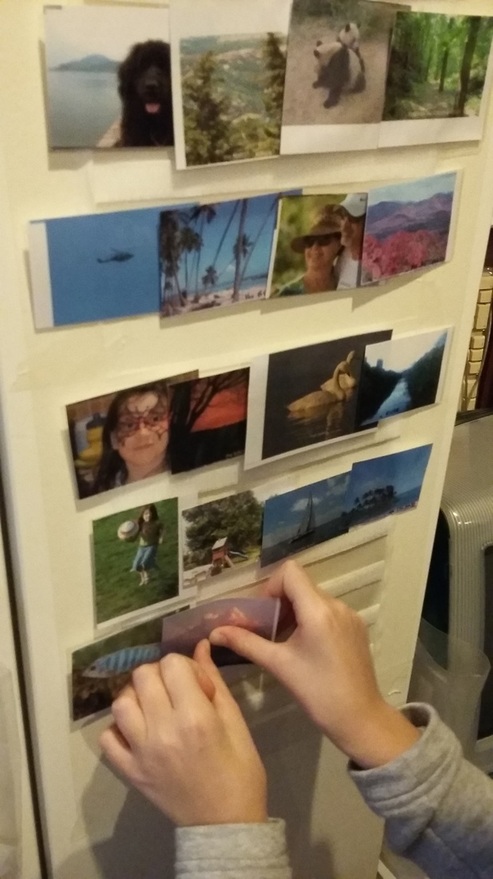
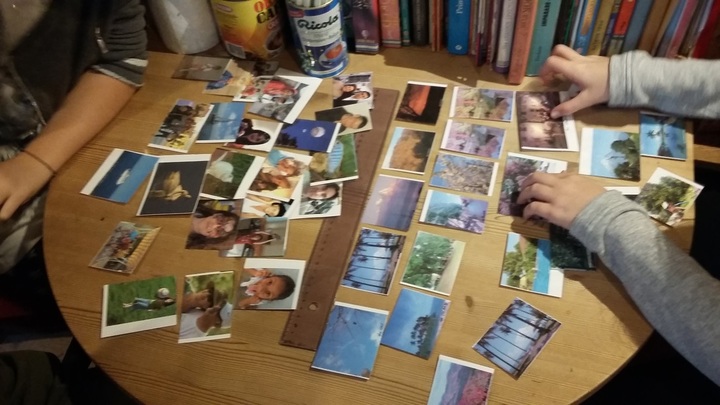
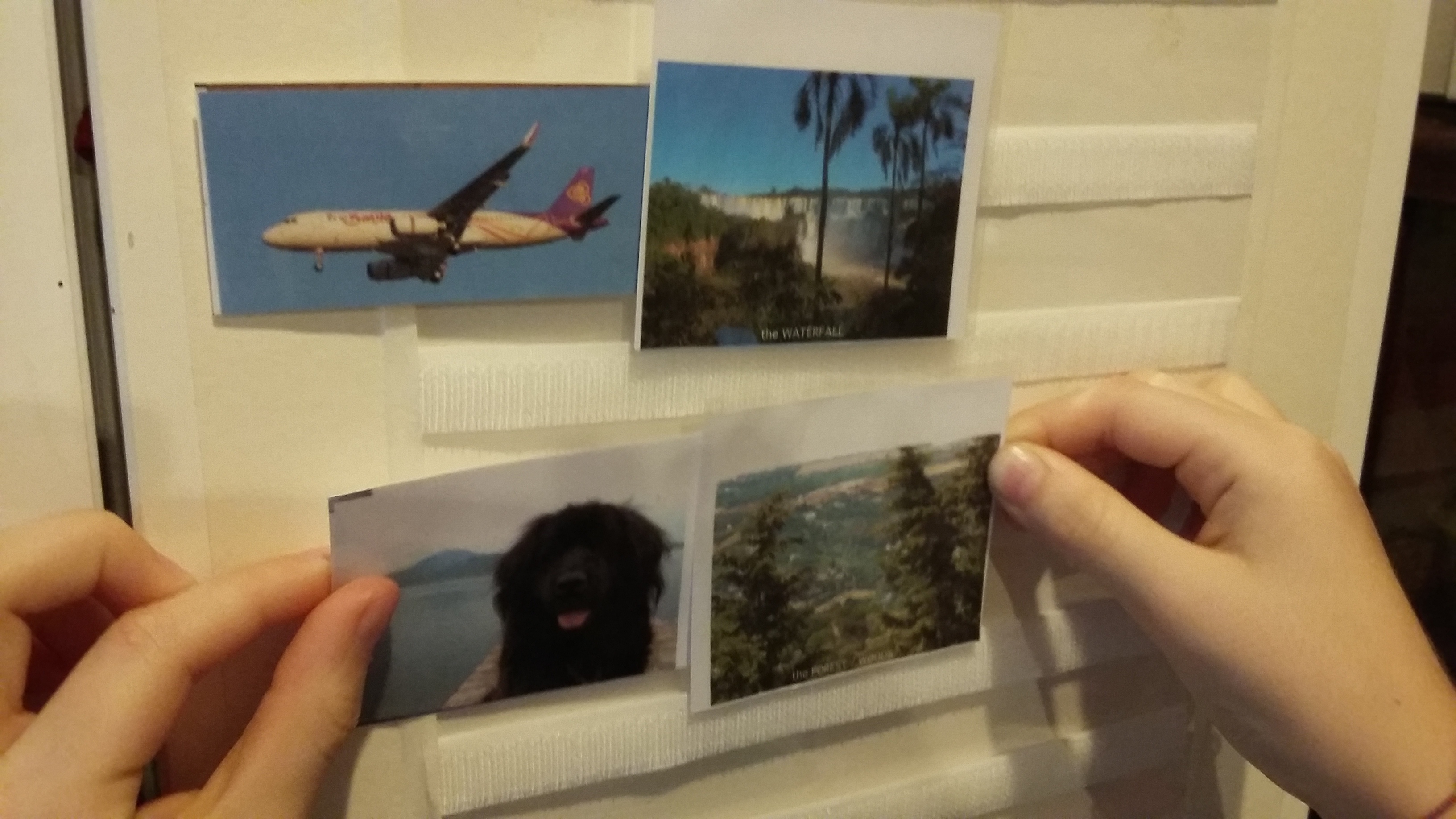












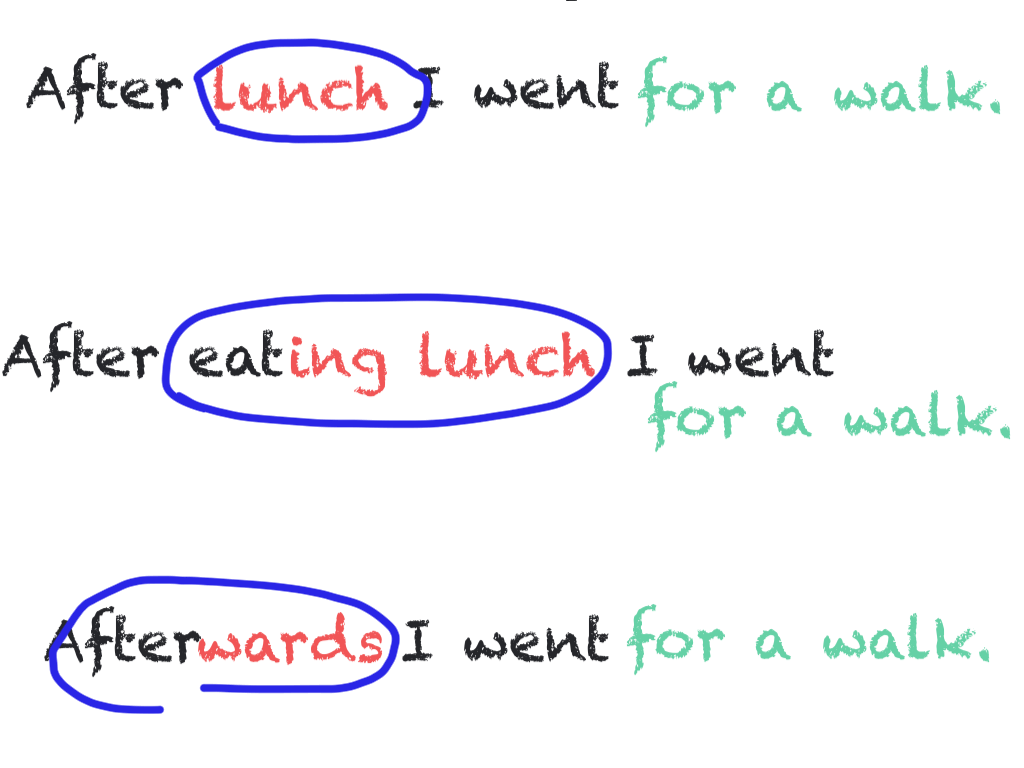











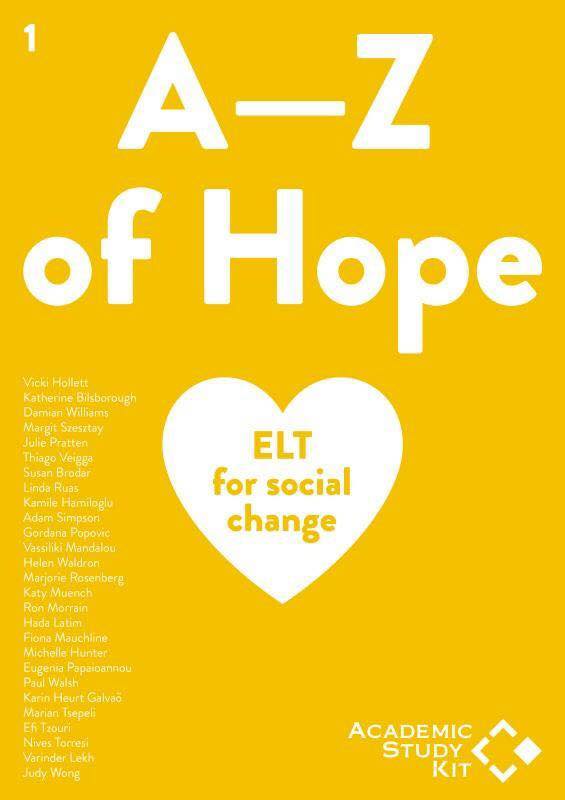
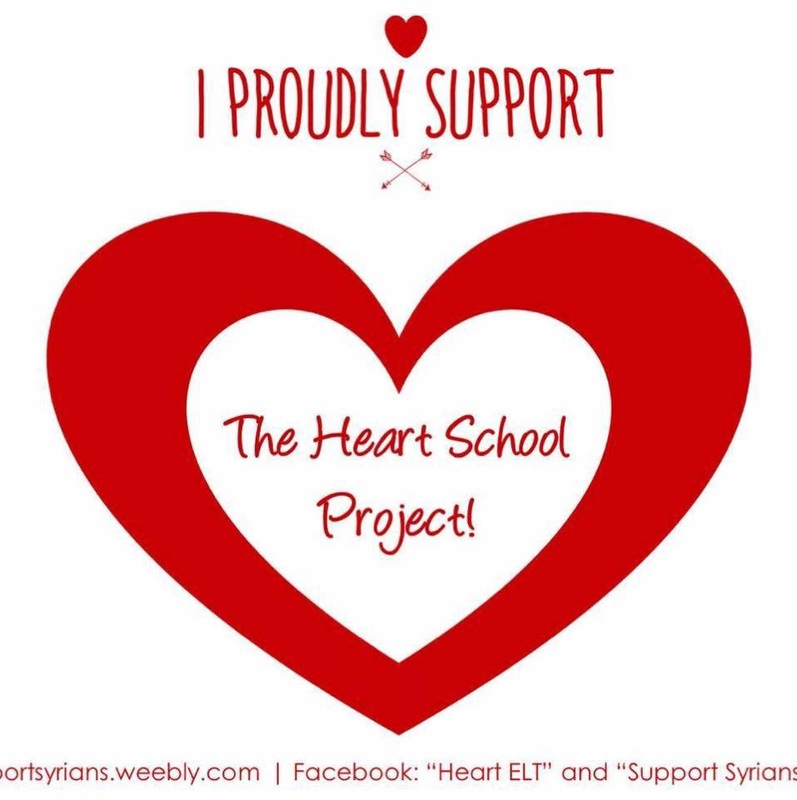
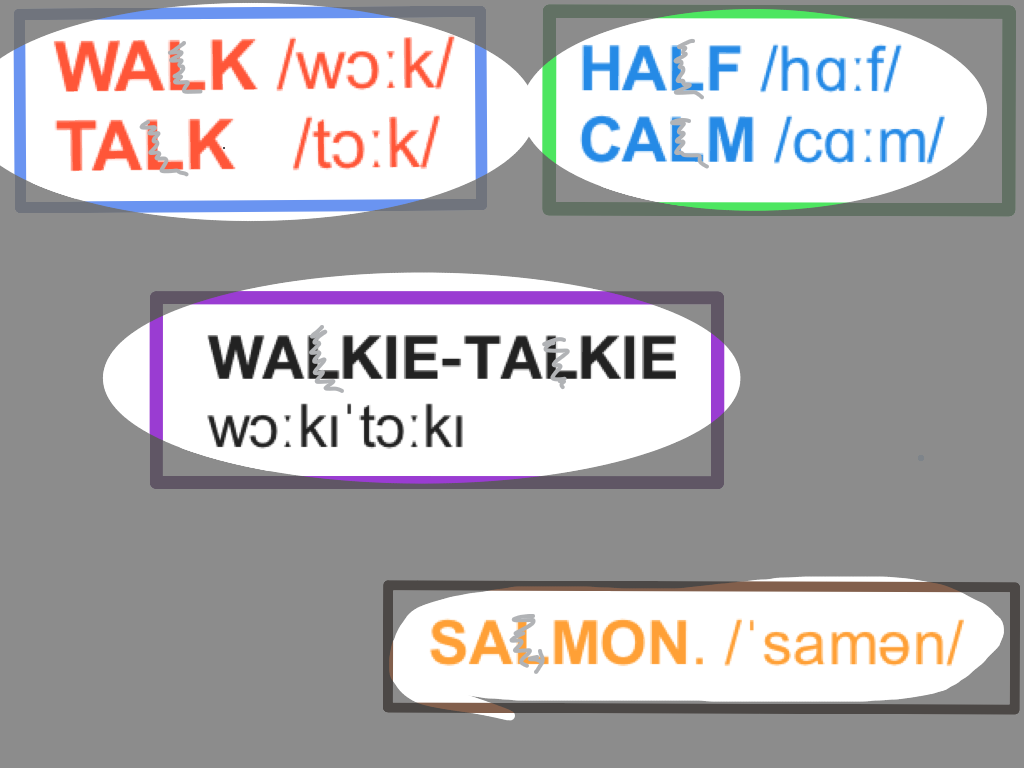
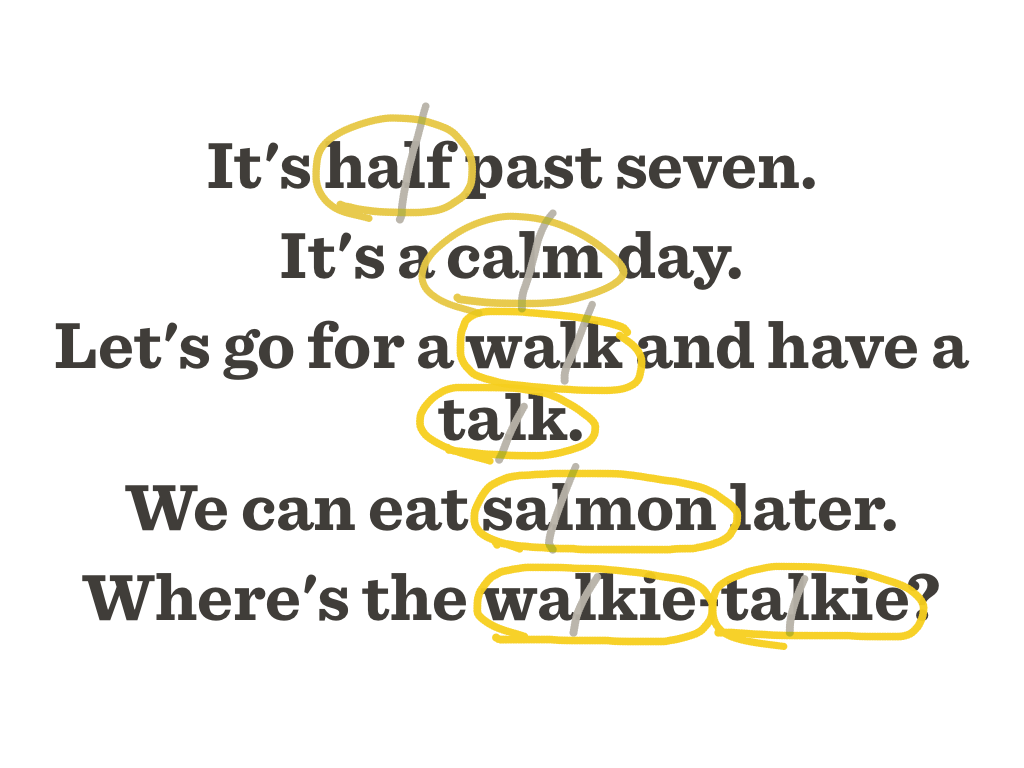

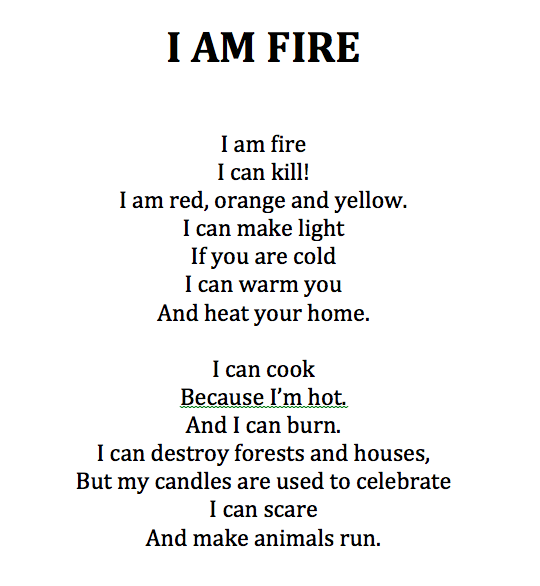
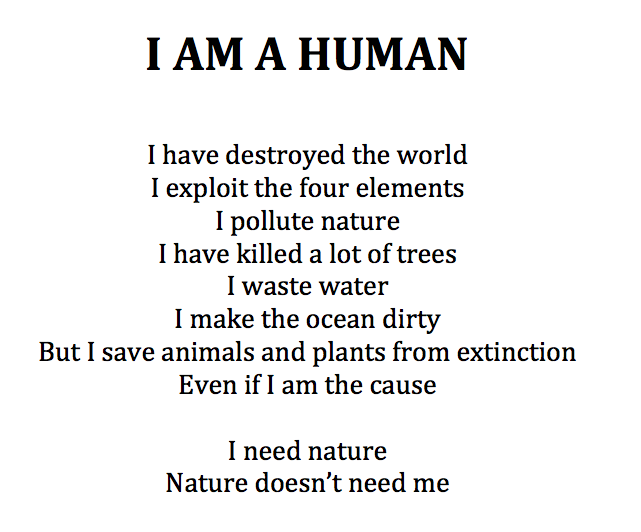
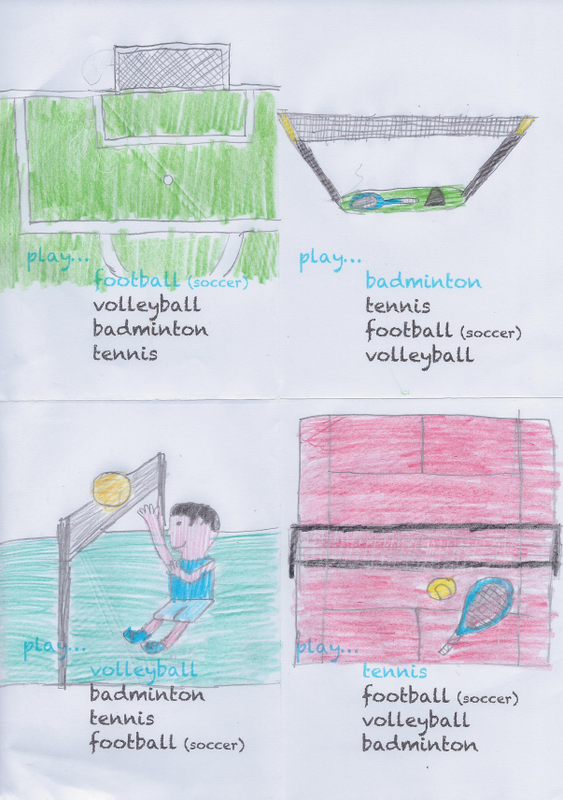




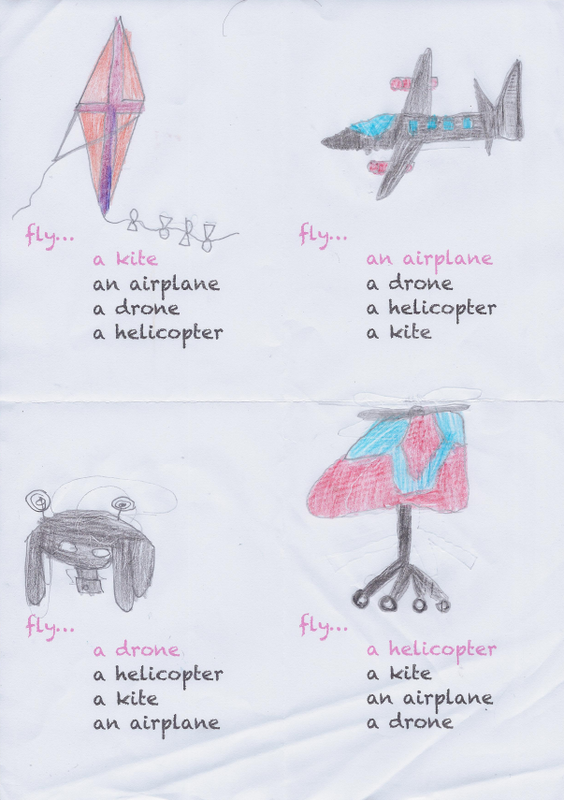



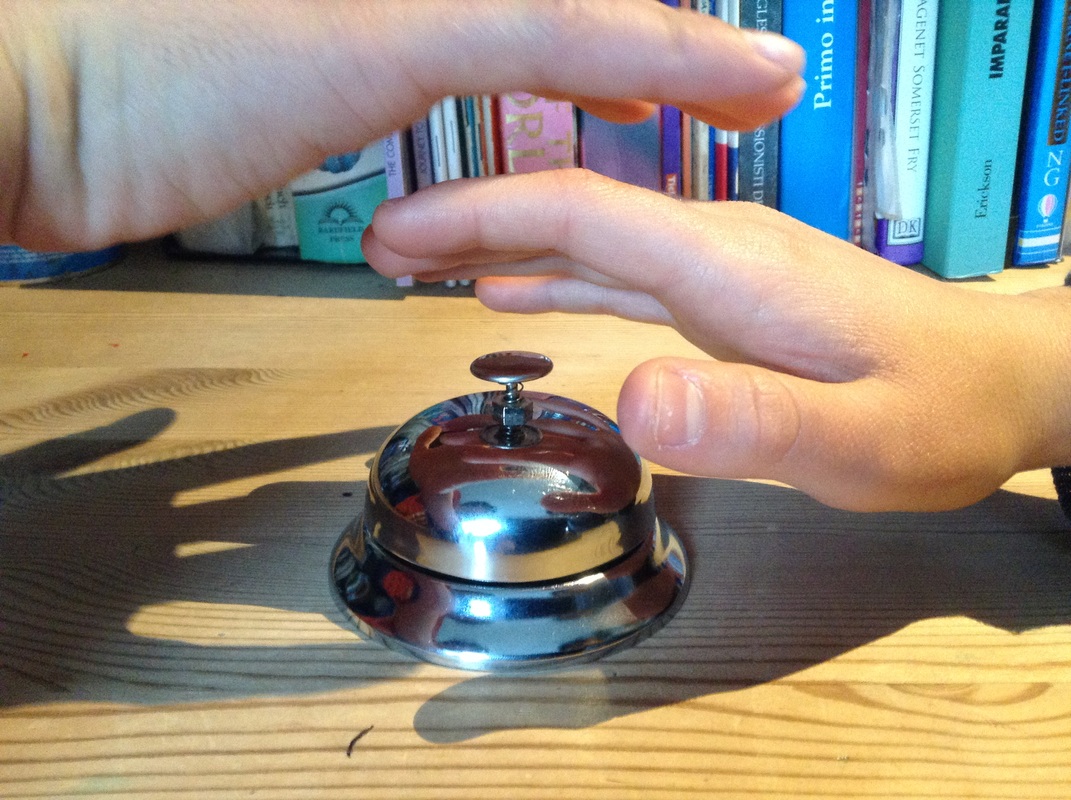






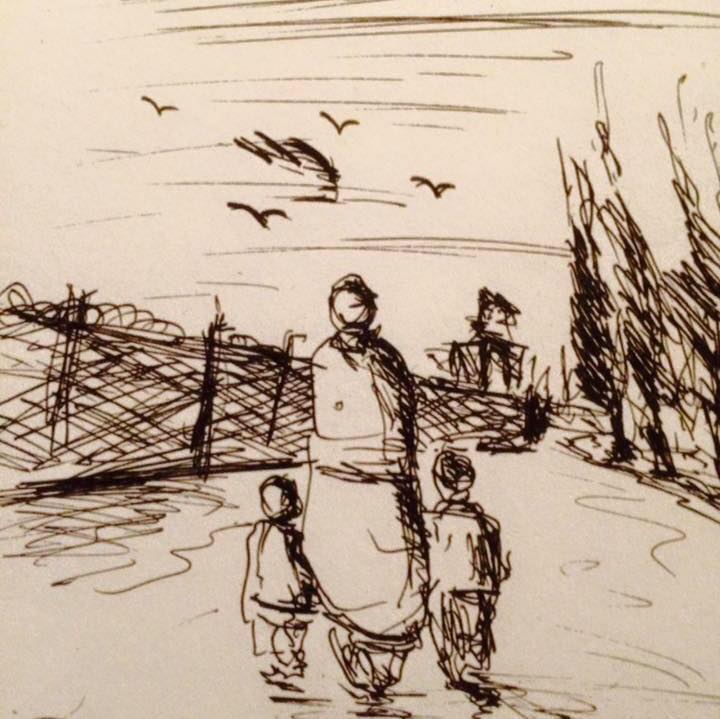
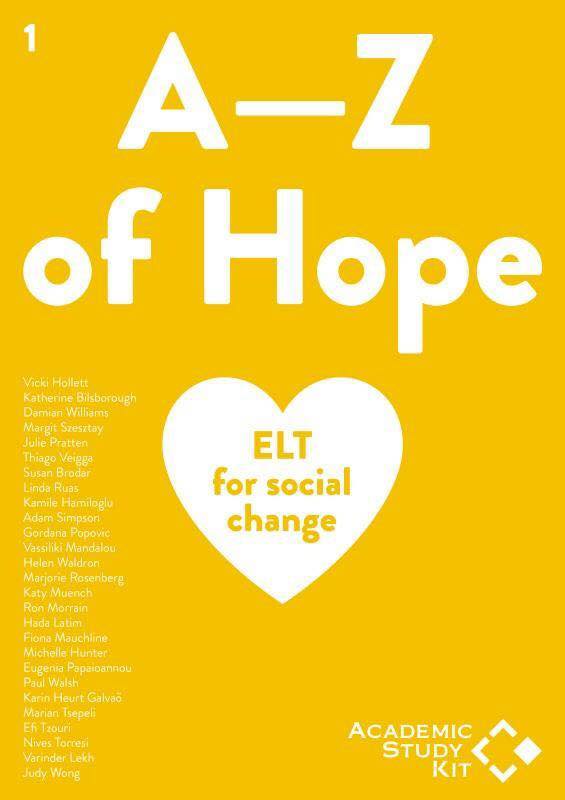

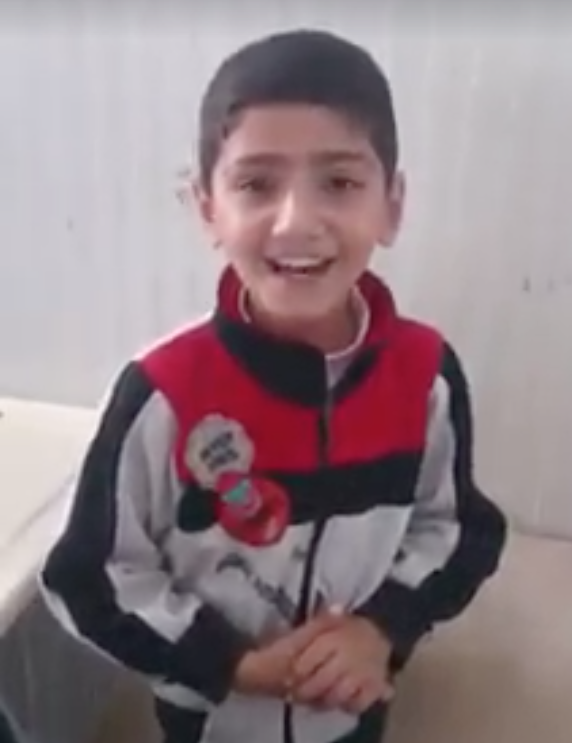



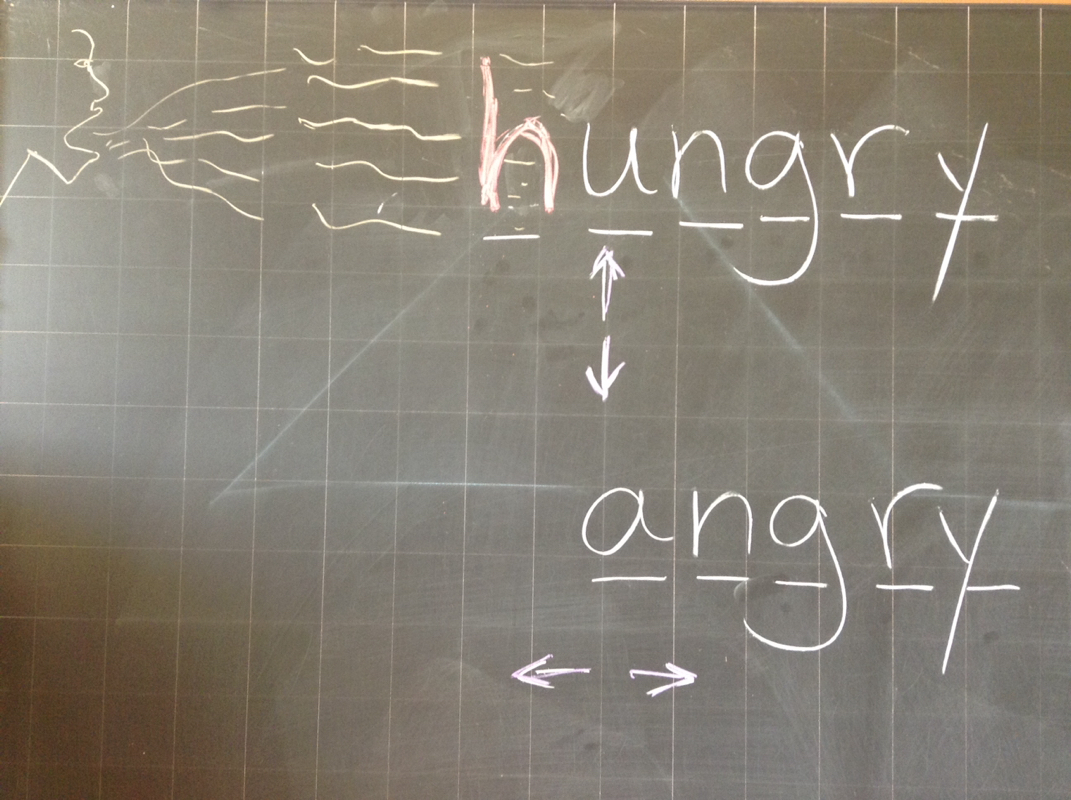





 RSS Feed
RSS Feed
